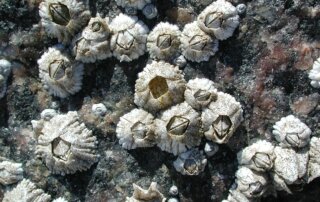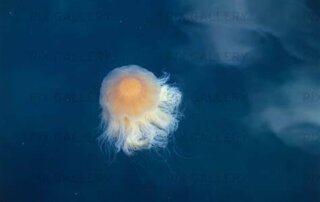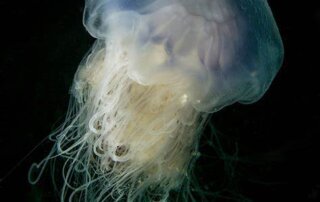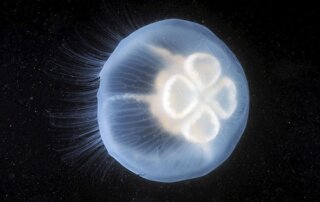Paddle in the Sea
To be aware of
Paddling is largely about the wind, both wind strength and wind direction, regarding how difficult and heavy it becomes. Apps with weather rarely show right when it comes to wind and especially not several days in advance. If you want to see how the wind is in our area, you can look at the website “Utpost Hållö Weather”: Weather | Utpost Hållö (utposthallo.se) for current information regarding wind strength and wind direction. The kayak center is more protected than Hållö, but it gives a clue about the wind.
Below you see some guidelines to start from when it comes to wind and kayaking.
- 1-3 m/s: Light breeze- Beginners
- 4-6 m/s: Gentle breeze – Beginners
- 7-9 m / s: Moderate breeze – Beginners in protected water & average paddlers
- 10-12 m/s: Fresh breeze – Moderate paddler in protected water & experienced kayak paddlers. Is not recommended with SUP
- 13- m/s: Strong breeze – Not recommended either for kayak or SUP
Oystercatchers, stingrays & black rocks
At the west coast, there are three things to think about a little extra when you are out kayaking or SUP and going ashore.
- Ospreys/Oystercatchers : White, hard, volcano-like and very sharp little animals sitting on rocks, mountains and piers at the water’s edge. These should be avoided! If you approach them, they cut deep wounds in the skin and scratch the kayak underneath. Bathing shoes can be a tip!
- Jellyfish: Available in red and blue / purple. If you access the threads, it gives a stinging and sometimes a bit aching feeling where you have burned yourself. The poison itself is not dangerous normally, but it can ruin a wonderful paddle trip, so take a look before you go ashore or swim so you do not get burned. The common jellyfish is more transparent and completely harmless.
- Black rocks : In the ripple zone on rocks and cliffs you will often find a black area that is very slippery . It consists of blue-green algae of the genus Calothrix. When these get wet, they become like soap. It is easy to slip and then risk spraining or hitting yourself. So the tip is not to take a chance but to completely avoid all black rocks.
Oystercatchers – sharp beware!
Red jellyfish- hurts!
Blue/purple jellyfish – hurts!
Transparent jellyfish – harmless
Black rocks – slippery, watch out!





